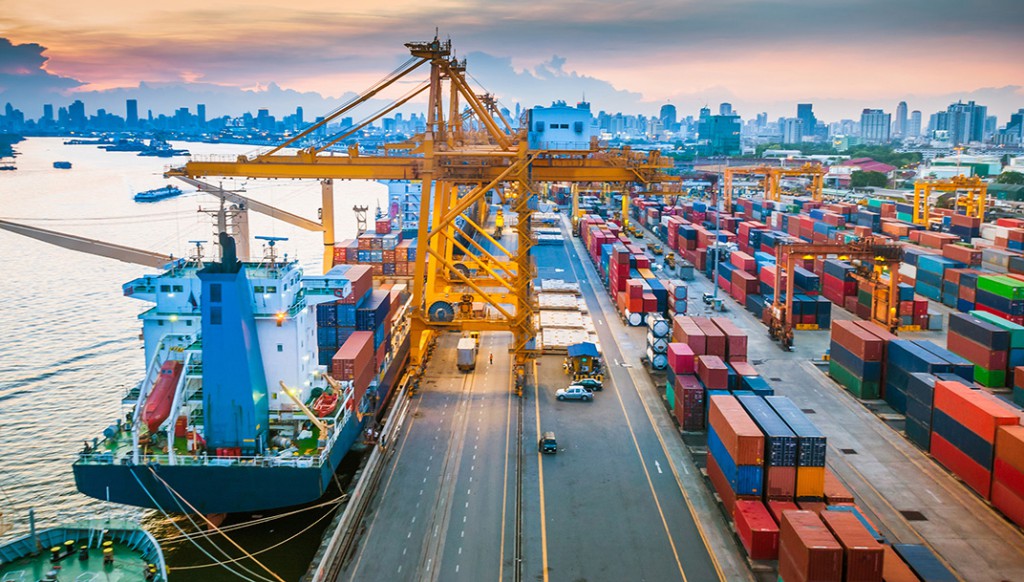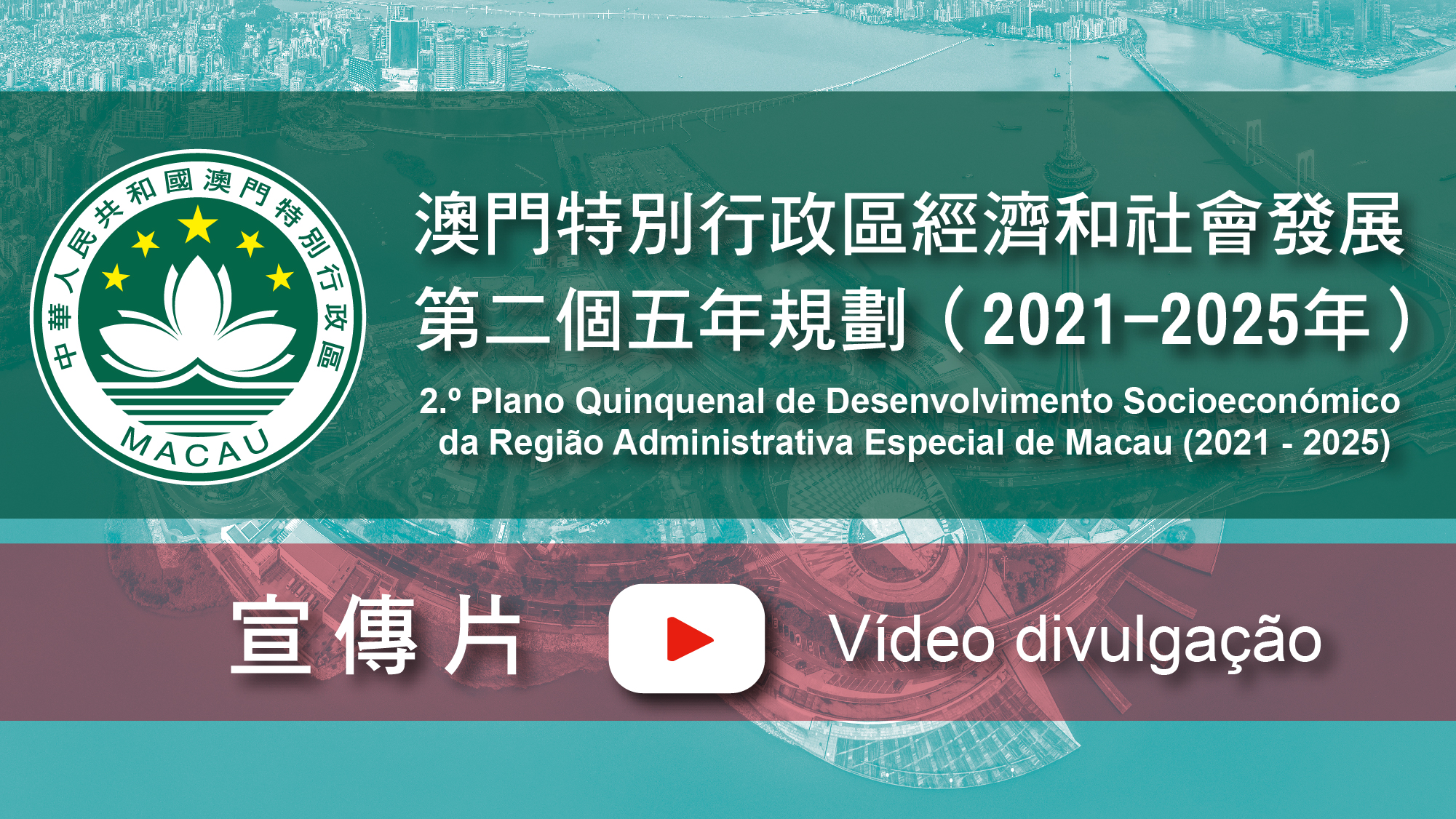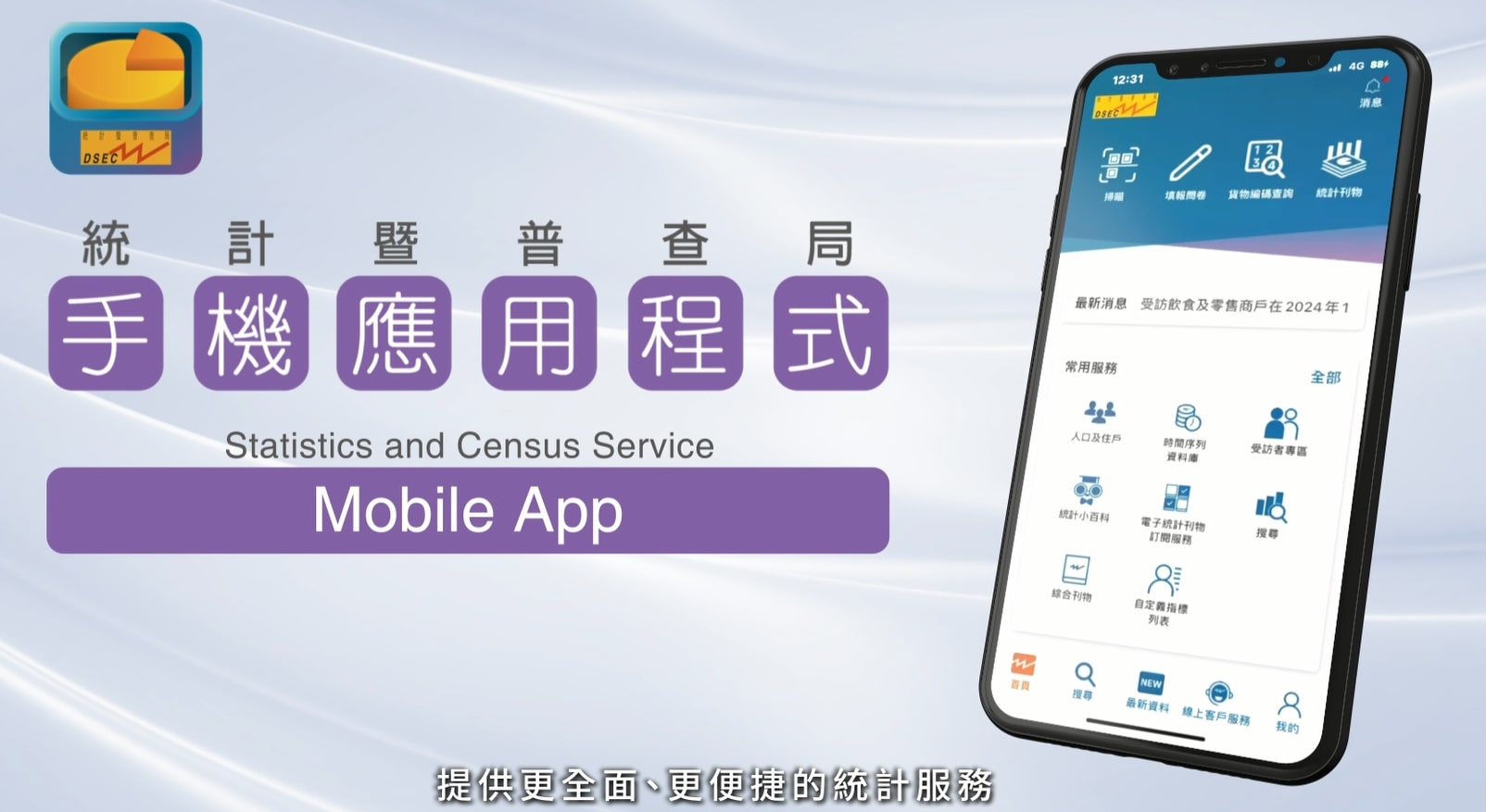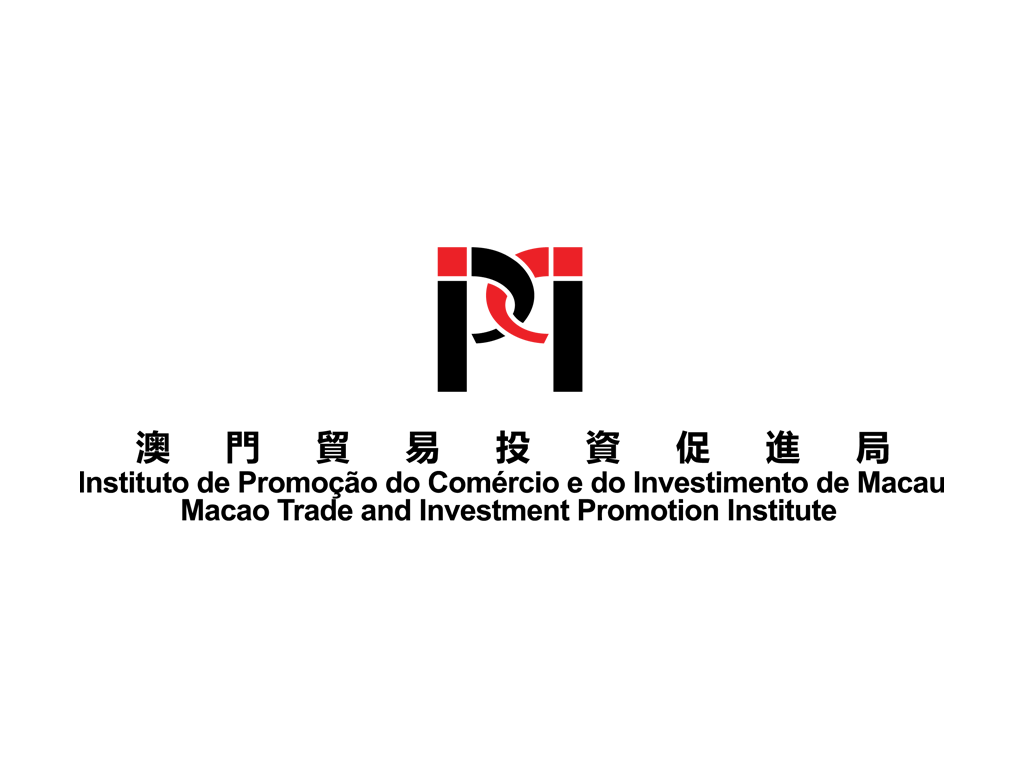Search Issues
Initial analysis of the challenges and opportunities of Regional Co-operation Economic Partnership (RCEP) posting on Macao
Regional Co-operation Economic Partnership (RCEP) was signed on 15 November 2020. It comprises of 20 chapters, including trade in goods, trade in services and investment, and four market access annexes. Current members are China, Japan, Korea, Australia, New Zealand and ASEAN countries. The 15 member countries account for around one-third of the global population, gross domestic product and exportation. The signing of RCEP has fostered a new development paradigm of the region.
Macao maintains a stable economic and trade relationship with the RCEP members and particularly builds a closer co-operation with Mainland China. In 2020, the trade between Macao and the Mainland China accounted for 28.28% of Macao’s total trade, following by Japan and Korea for which accounted for 9.33% and 1.30% of total trade respectively. Among the total visitor arrivals, 80.62% came from the Mainland China, following by Korea and the Philippines, which accounting for 0.75% and 0.54% respectively. As of 2019, the cumulated foreign direct investment in Macao mainly came from Mainland China and Singapore, which accounted for 17.8% and 0.54% respectively.
Facing the changes in the regional economic environment, Macao’s economic and trade situation will be affected to certain extend. After the RCEP entered into force, the trading cost among the member countries were reduced following the progressive tariff cuts. It would slightly affected the competitiveness of Macao’s exportation to RCEP member countries. In addition, while visitors from Mainland China dominates the tourism market, the statistics show that 60% of Macao’s visitors spent money on mostly local food products and cosmetics and perfume. Based on the fact that Mainland China will maintain the base tariff rate on cosmetics and perfume from certain RCEP member countries, the price of these imports will not drop significantly. As a result, there will only be limited impacts on Mainland Chinese tourists’ spending in Macao.
Owing to the signing of CEPA between Macao and Mainland China, Macao gains the upper hand in accessing the Mainland Chinese market compared to other RCEP member countries. Specifically, for trade in goods, products fulfilling the CEPA rules of origin can enter Mainland China with zero tariff. More than eight thousands products are covered under CEPA. Meanwhile, zero tariff is applicable to some 90% of products exported to Mainland China from other RCEP member countries. For trade in services, under the framework of CEPA, negative list is adopted in terms of Macao’s service sector’s access to Mainland China. It has approved at least 153 kinds of services to join the market, including tour guide services, securities issuance, asset services, settlement and clearing services, which China has not yet opened up to RCEP member countries. CEPA has basically achieved liberalisation of trade in services and most of the liberalised sectors are granted with national treatment when entering the Mainland Chinese market. For investment, non-service industry sectors are not specified in Mainland China’s goods schedule under the CEPA Investment Agreement. Furthermore, comparing with the investment chapter that will only be effective after the RCEP entered into force, CEPA Investment Agreement extends the coverage to investments that started before the effective date. Therefore, investments from Macao that existed on the effective date are also under the umbrella of the CEPA Investment Agreement.

After the RCEP entered into force, the trading cost among the member countries were reduced following the progressive tariff cuts






















